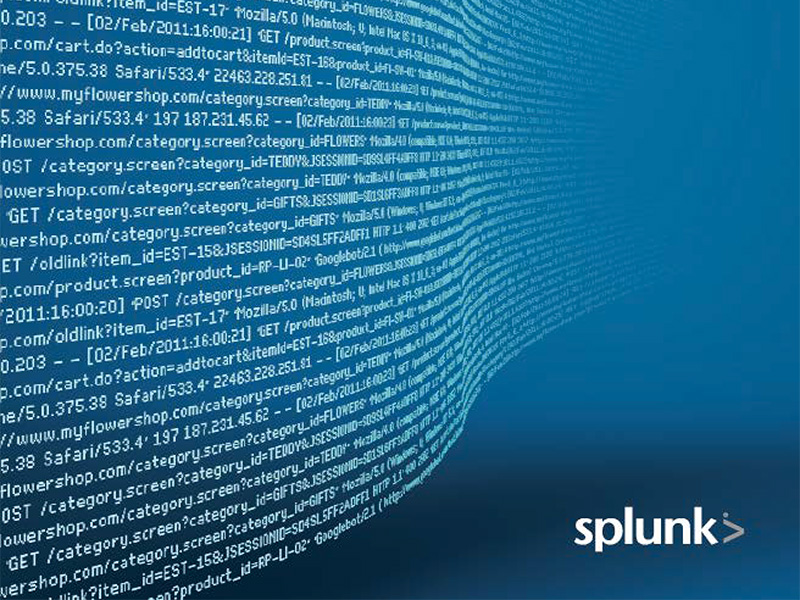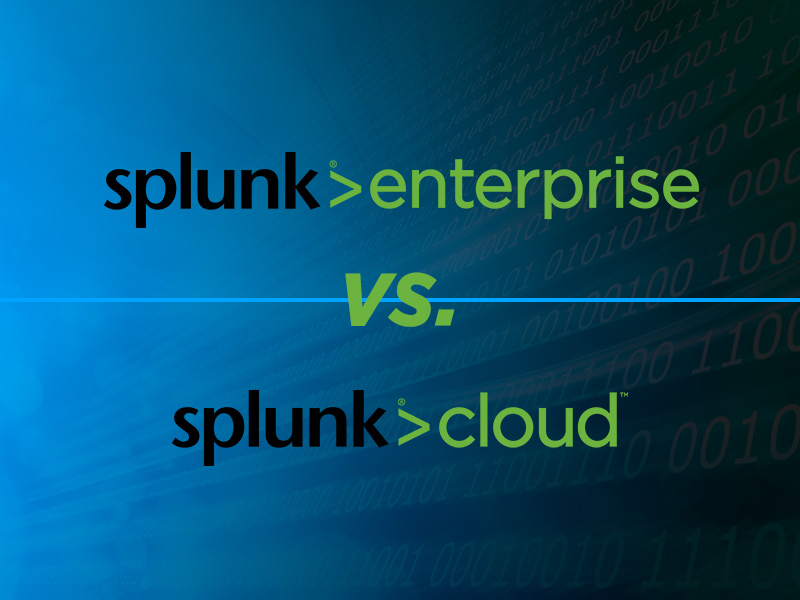Introduction to Splunk's Data Platform
Splunk is a powerful software platform widely recognized for its proficiency in searching, monitoring, and analyzing machine-generated big data. It operates primarily by capturing, indexing, and correlating real-time data in a searchable repository, allowing for the generation of graphs, reports, alerts, dashboards, and visualizations. Originally focused on log file analysis, Splunk has evolved into a comprehensive tool for IT operations, security, and business analytics. Its ability to process large volumes of data makes it invaluable for gaining insights into system performance, security threats, and operational intelligence across various industries. Renowned for its flexibility and scalability, Splunk aids organizations in making data-driven decisions, enhancing operational efficiency, and maintaining robust security and compliance standards in an increasingly data-centric world.
Data Ingestion and Indexing in Splunk
Splunk excels in data ingestion and indexing, allowing it to efficiently process vast amounts of machine-generated data from diverse sources. It ingests data in various formats like logs, metrics, and events, transforming raw data into actionable insights. Splunk's powerful indexing engine categorizes and stores data, enabling fast and efficient retrieval. This process involves parsing, breaking down data into individual events, and adding metadata for easier searching and analysis. Its scalability ensures effective handling of large data volumes without performance loss, making it ideal for businesses dealing with complex and high-velocity data streams. Splunk’s robust ingestion and indexing capabilities are pivotal in turning data into meaningful intelligence for informed decision-making.
Real-time Data Analysis and Visualization
Splunk stands out for its real-time data analysis and visualization capabilities, enabling instant insights from large data streams. It offers dynamic, customizable dashboards with various visualization tools like charts and graphs, facilitating the easy interpretation of complex data sets. These features allow users to monitor trends, detect anomalies, and make informed decisions swiftly. Splunk's ability to analyze and visualize data in real-time is essential for organizations needing quick responses to operational, security, and business intelligence challenges. Finally, due to the straight-forward nature of architecting and installing Splunk, skilled Splunkers require days or weeks to architect and install Splunk instead of several months that are required by competing products.
Splunk Dashboards and Reports
Customizable dashboards and reporting are pivotal features of Splunk. These tools enable users to tailor their data visualization to meet specific needs, presenting information in ways that are both meaningful and actionable. Whether for daily monitoring or strategic analysis, these dashboards and reports provide a clear view of the data landscape, facilitating a deeper understanding of operational performance. Some of the more common Splunk interface elements are real-time and historical data visualization, interactive elements and drill downs. The graphic elements range from single value elements to complex heat maps.
Alerting and Monitoring with Splunk
Splunk's proactive alerting and monitoring capabilities are essential for timely responses to critical events. Users can configure custom alerts based on specific data patterns or thresholds, which can be triggered by anomalies, trends, or operational thresholds. Alerts can be delivered via multiple channels like email, SMS, or third-party applications. This system supports automated responses, such as running scripts or triggering tasks, enhancing operational efficiency and ensuring timely action in response to significant data-driven events.
Splunk's Integration and Extensibility
The platform's integration with various third-party tools and platforms is another highlight, enhancing its functionality and adaptability. Splunk integrates with nearly all security and network devices, ingests logs from any human-readable log format, and receives webhook data via the HEC interface. Splunk can export data to any third-party tool using webhooks or custom API calls managed by python code.
Security and Compliance Features in Splunk
In today's digital age, security and compliance are paramount. Splunk addresses these concerns by incorporating robust security measures and compliance tools within its platform. These features ensure the protection of sensitive data and adherence to regulatory requirements, offering peace of mind to organizations concerned about data security and regulatory compliance.
Some of the inherent security features include: data encryption, access controls with LDAP or SAML integration, audit trails and internal logging, data masking and anonymization, and data retention policies.
Case Studies: Organizations Leveraging Splunk's Features
Thousands of organizations across all industries and governments leverage the power of Splunk. For example, A Hong Kong-based financial services group, with over a century of history and a global presence through more than 130 outlets, has embraced technology to enhance collaboration and fintech innovation. Previously relying on an on-premises infrastructure monitoring system, the bank transitioned to a cloud-based Security Information and Event Management (SIEM) system for standardized security across its international branches. This shift to the cloud-based platform resulted in significant efficiencies: setting up in-country SIEM systems within a month, compared to months before, and achieving full visibility across its international environment without manual effort. The bank's centralized approach, supported by the cloud platform, increased efficiency and productivity. The platform's scalability and maintenance-free nature further streamlined the bank's operations, enhancing its ability to stay agile and resilient in the face of evolving digital threats. This strategic move not only improved the bank's security posture but also played a key role in its digital transformation journey, positioning it as a pioneer in adopting cloud-based SIEM in Hong Kong's banking sector.
In conclusion, Splunk stands out as a comprehensive data platform offering a wide array of features and capabilities. From data ingestion and indexing to real-time analysis, visualization, alerting, and monitoring, Splunk equips organizations with the tools they need to make the most of their data. With its focus on integration, security, and compliance, Splunk not only meets but exceeds the evolving needs of modern enterprises, making it a pivotal tool in the realm of operational intelligence and data-driven decision-making.



